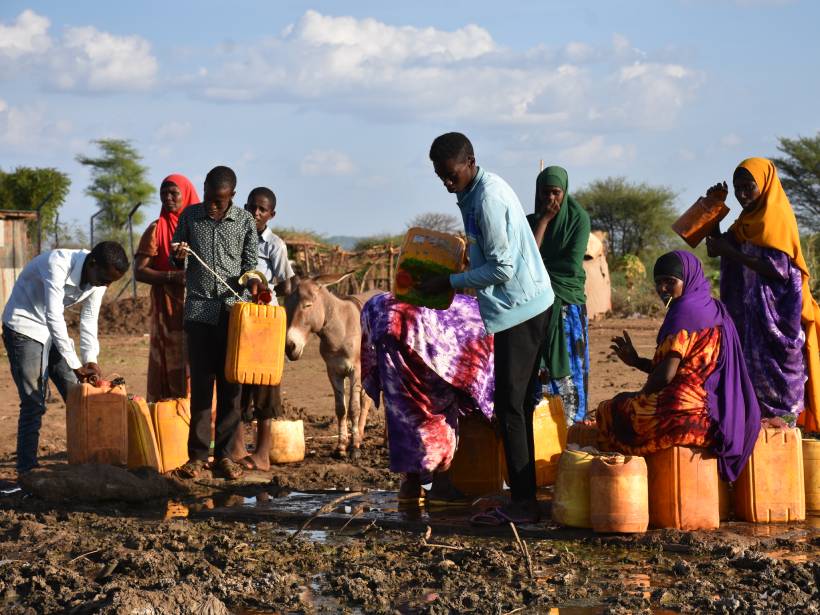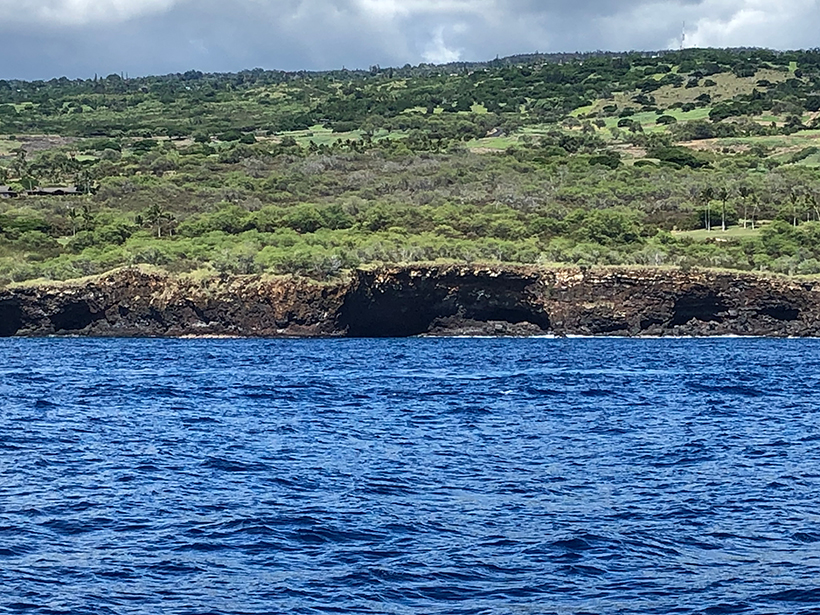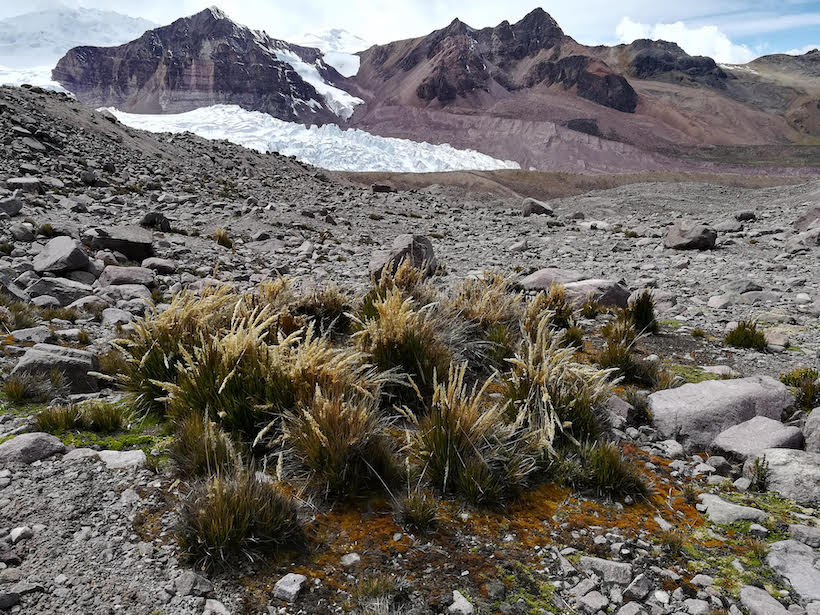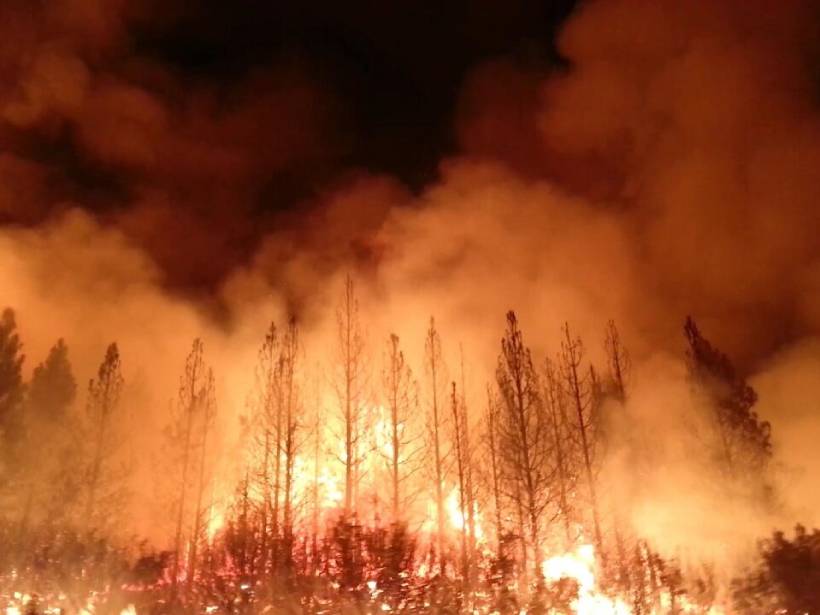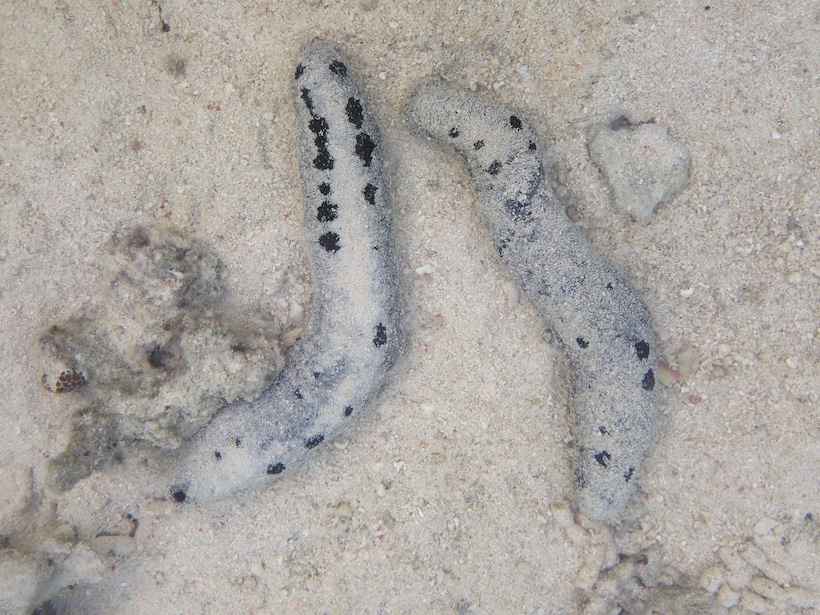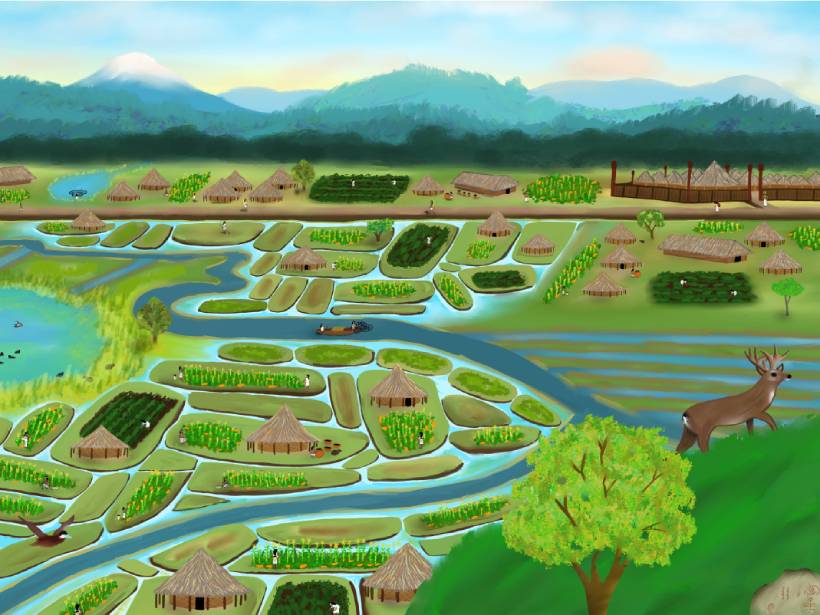From wines in Canada to mushrooms in the Czech Republic, some foods will fare better than others on a hot planet.
Natural Resources
Soil Chips Help Scientists Spy on Fungal Navigation
Soil chips provide a micrometer-resolution window into life underfoot, shedding light on how fungi behave when navigating soil’s mazes.
Scientists Map Africa’s Groundwater Recharge for the First Time
The continent-wide survey provides an assessment of the resilience of groundwater resources.
Deep Submarine Fresh Water: A New Resource for Volcanic Islands?
The discovery of large freshwater reservoirs off Hawaii suggests that other volcanic islands may have similar resources, which could help meet water demands amid population growth and climate change.
Vicuña Poop Nourishes “Dung Gardens” High in the Andes
The excrement delivers nutrients like phosphorus and nitrogen, kick-starting islands of vegetation at the edge of the cryosphere.
Sea Cucumbers: The Excremental Heroes of Coral Reef Ecosystems
Drone surveillance reveals just how big a contribution sea cucumbers make to reef habitats.
Researchers Home in on the Age of the Yangtze River
Findings on the river’s age also have implications for past landscape change in Asia.
Aerial Photographs Uncover Bogotá’s Indigenous Hydraulic System
Complex hydraulic systems built by the Muisca people helped define the vibrant urban wetlands of Colombia’s capital city.
Widespread Wildfire as a Proxy for Resource Strain
Researchers have found a strong correlation between the number of days with widespread, synchronous fire danger and resource allocation across the western United States.



